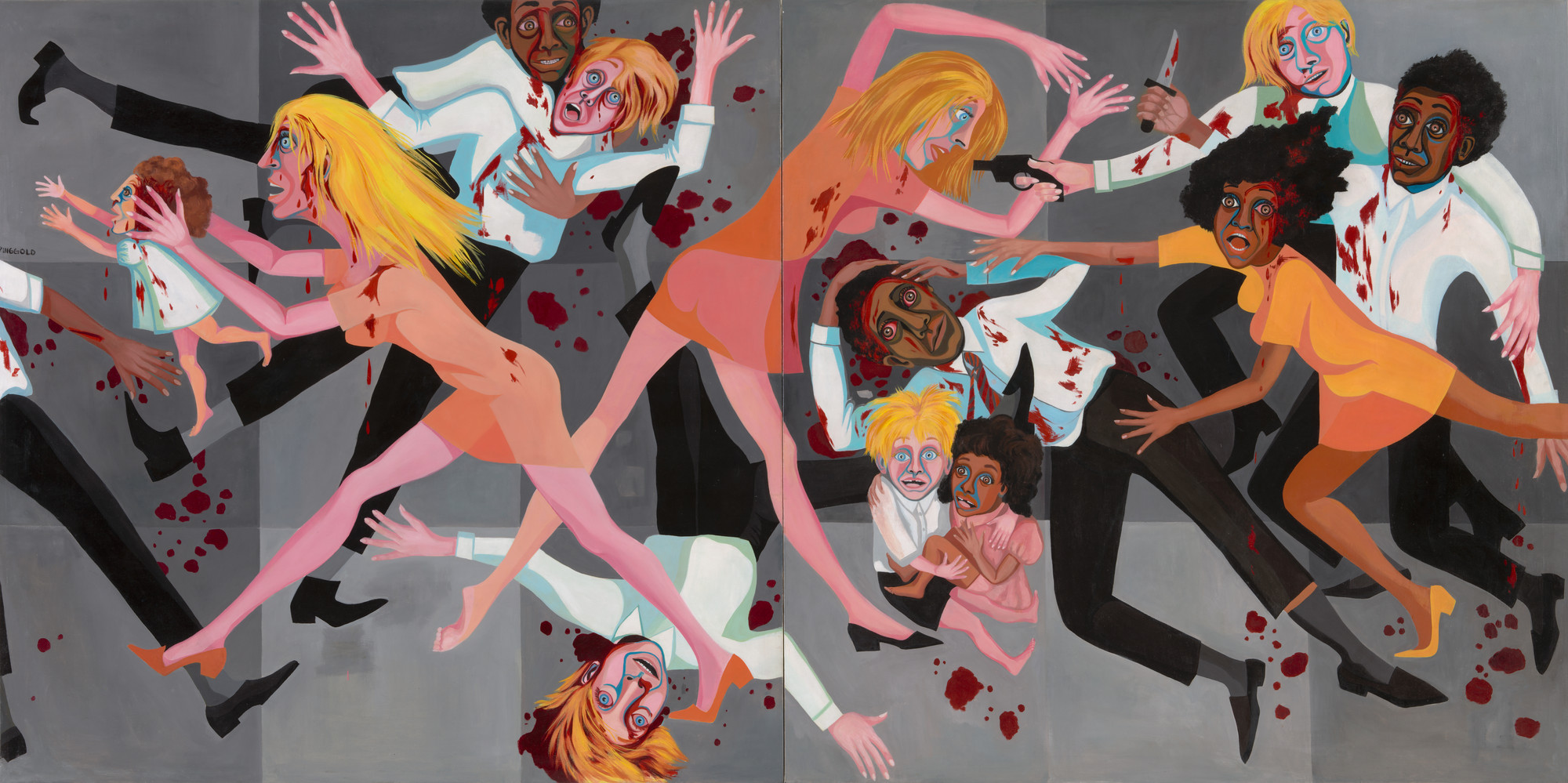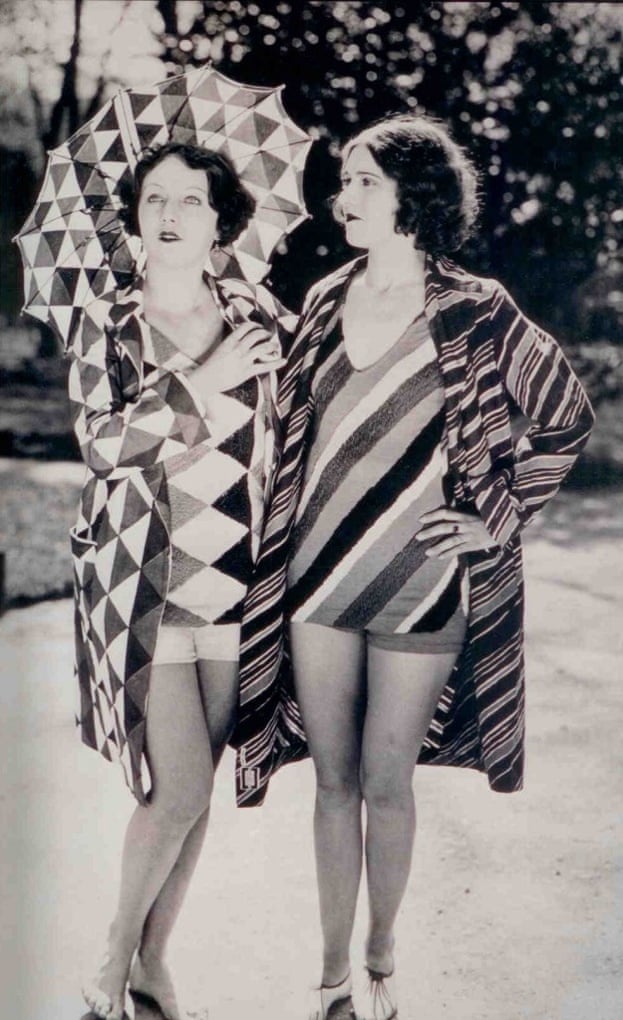 |
| Simultaneous Contrast Sonia Delaunay, 1912 |
As this new movement developed, it opened the door for many artists to bring forward their own techniques which brought about simultanism, dada-ism, cubism, and many others. Sonia Delaunay and her husband began the theory of color which they named simultanism. Although her husband was mainly credited for the work they developed, she was the mastermind behind it all. She was interested in the dynamics of surface design, "modernity could best be expressed through a dynamic interplay of color harmonies and dissonances which replicated the rhythms of modern urban life," (Chadwick, 261). She learned to use color freely as she worked with textiles and embroidery. She designed women clothing using her simultanism technique which to some was an interpretation of a woman's body signifying modernism.
 |
| Composition Alexandra Exter, 1914 |
At the time of modernism, there were various circumstances that aided the movement such as war (revolutions) and the idea of the "new" women who now had the right to vote (in some places). Alexandra Exter expressed her self in the cubism which analyzes objects, breaks them up and reassembles it in an abstracted form. The subject of a cubist painting is depicted from a multitude of viewpoints and represents the subject in a greater context. Exter was a Russian artist during the Revolutionary control of Vladamir Lenin. Lenin encouraged artists to work for the revolution in order to promote political propaganda. Exter was given the opportunity to freely showcase her art which gave her recognition throughout Russia. She then established an art school where she designed agitprop (propaganda using art) with students. She also begins to combine Russian Folk art with cubism and also develops her own costume designs for women. However, once Stalin took over Russia, any hope for modernist art was quickly shut down. He believed that modernistic art was counter-revolutionary and put a halt to anyone who practiced it.
 |
| Made for a Party Hannah Hoch, 1936 |
At the time of modernism, women became the most important part of the movement. They used their techniques of design and craft to open a new kind of modernity that did not play a role in previous time which was fashion design. Those who wore clothes with geometric abstraction portrayed themselves as being modern. Women were functioning both as productive of this visual culture and significant of the meaning of fashion. The cultural design not only focused on clothing but also included furniture. With the new movement, many people began to have a "decorative" viewpoint and began to design their own homes with designs from modernism. Delaunay was both a creator and enthusiast of the modernism movement and shows this by decorating her walls, ceiling and even car with modernistic patterns.
 |
| Die Faith Ringgold, 1967 |
 |
| Untitled (Silueta Series) Ana Mendieta, 1976 |

No comments:
Post a Comment